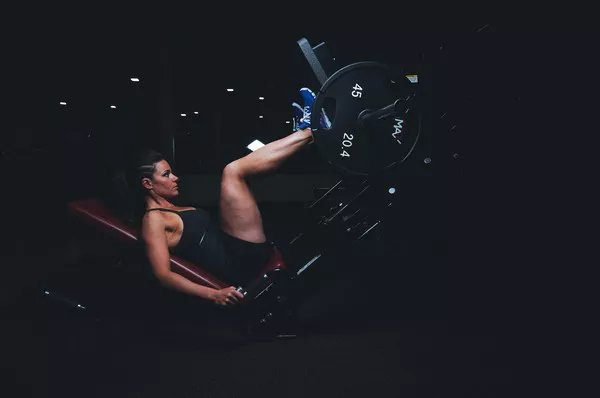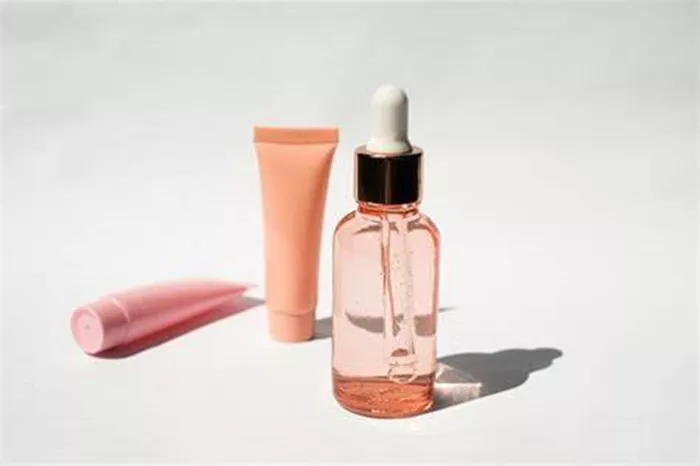We all know the importance of applying sunscreen daily to protect our skin’s health and appearance. However, many people often overlook certain areas, especially the delicate skin around the eyelids.
“I’ve seen severe cases of skin cancer on the eyelids,” Dr. Karan Lal of the Schweiger Dermatology Group in Hillsborough, New Jersey, told The Huffington Post. “Surgery on skin cancer in this area is complicated and can leave significant scarring, which may lead to chronic dry eye. In some cases, patients have lost the entire skin of their upper and lower eyelids due to skin cancer.”
Applying sunscreen on the eyelids may feel counterintuitive to some. For years, people have been warned against putting anything near their eyes, and this caution has become ingrained.
“Because the skin here is very delicate, people often hesitate to apply sunscreen around the eyes, fearing it will irritate or run into their eyes,” said Dr. Hadley King, a dermatologist in New York City. “Others might have had previous experiences with sunscreen irritating the skin or ruining their eye makeup, so they avoid applying it.”
Still, experts stress that the eyelids must not be left out when applying sunscreen. There are many ways to protect this sensitive area without causing irritation or discomfort. Below, specialists explain why sunscreen on the eyelids matters and share tips on choosing and applying the right products for optimal protection.
Why Is Sunscreen on Eyelids Important?
“It’s crucial to apply sunscreen on all skin exposed to UV rays — including the eyelids,” Dr. King said. “We often see UV-related skin cancers around the eyes, and these cancers can be harder to treat and more aggressive.”
Dr. Papri Sarkar, a dermatologist in Newton, Massachusetts, also emphasized that eyelid skin cancer surgeries are particularly difficult and unpleasant.
“Some skin cancer surgeries are tough, and the eyelid is definitely one of those areas,” she said. “Applying sunscreen helps prevent these issues.”
Beyond cancer prevention, sunscreen is also vital for cosmetic reasons.
“The skin on the eyelids is very thin and susceptible to irritation from rubbing or scratching, which can lead to post-inflammatory pigmentation,” Dr. Lal explained. “Because the skin here is so delicate, it’s easily damaged by sunlight, leading to sagging and wrinkles. Sunscreen reduces the risk of early eyelid skin aging.”
In addition to preventing wrinkles, sunscreen can help prevent dark circles around the eyes.
“Sometimes dark circles result from diminished blood vessels beneath the skin, and sometimes from the skin itself darkening,” Dr. Sarkar said. “Using sunscreen around the eyes helps stop new or worsening pigmentation in this area.”
What Sunscreen Is Best for Eyelids?
All the dermatologists interviewed recommend using mineral-based sunscreens whenever possible.
“Stinging and burning in the eyelid area are common, especially with chemical sunscreens containing oxybenzone and avobenzone,” Dr. Lal said. “I only recommend physical sunscreens with zinc oxide and titanium dioxide for eyelids. You can also use these on other parts of your face.”
Choose broad-spectrum mineral sunscreens with an SPF of 30 or higher. If regular facial sunscreens irritate the eyelids, Dr. King suggests specialized eye-area sunscreens like Supergoop’s Bright Eyed 100% Mineral Eye Cream SPF 40 or mineral powder sunscreens.
“Some eyeshadows now include sunscreen ingredients for more elegant application,” Dr. Lal added. “Many are hybrids of physical and chemical sunscreens, so test carefully to avoid sensitivity to chemical filters.”
However, he does not recommend these makeup products as the primary source of sun protection since reapplication is difficult and they are less practical for outdoor activities.
“I prefer tinted mineral sunscreens around the eyes to replace concealer, and I tend to apply two thin layers rather than one thick one,” Dr. Sarkar said.
How Should Sunscreen Be Applied?
Once you’ve selected a suitable sunscreen, ensure thorough application.
“Use clean, dry hands,” Dr. Sarkar advises. “Apply a small amount to a small area and blend evenly. I start below the eyebrows, then the inner corners near the nose, followed by the eyelids and under-eye area.”
Wait for the sunscreen to dry completely before reapplying. Avoid getting sunscreen into your eyes and wash your hands afterward.
“If needed, apply makeup after sunscreen for better color payoff and coverage,” she added.
What Other Measures Protect Eyelids?
“For those who dislike the feel of sunscreen or can’t tolerate it on their eyelids — or even those who can — wearing sunglasses or a wide-brimmed hat benefits both skin and style,” Dr. Sarkar said. “I recommend large, polarized UV-blocking sunglasses to protect eyes and surrounding skin.”
She noted wide-brimmed hats shield the upper face, neck, scalp, and ears while also serving as fashionable accessories.
“If you want maximum protection, consider UV-blocking face shields or visors,” Dr. Sarkar added. “Many brands offer these, with Bluestone Sunshields being reputable and well-tested for UV protection.”
In summary, applying sunscreen on the eyelids is crucial not only to prevent skin cancer and premature aging but also to maintain overall eye health and appearance. Experts encourage adopting this often-overlooked step as part of your daily skincare routine to safeguard this sensitive area from the sun’s harmful effects.
Related Topics

































